Go for whole grains
Why trade in refined grains like white flour and white rice for their whole-grain versions? Here are 5 good reasons.
1. You don’t miss out on nutrients in the whole grain.
Refining grains—turning whole wheat berries into white flour, for example—removes the nutrient-rich bran and germ in the whole grain. That slashes the grain’s vitamins and minerals. Some (like iron and a B-vitamin called folate) get added back to “enriched” white flour. But others (like vitamin B-6, magnesium, and zinc) don’t.
2. Whole grains are fiber-ful.
Whole grains hold on to their bran (outer layer), which is rich in fiber. Why does that matter? Because the evidence linking fiber to a lower risk of heart disease and type 2 diabetes comes from studies of people who ate foods rich in unprocessed fiber. That’s the kind that occurs naturally in whole grains (and in beans, fruits, and vegetables). Don’t rely on the processed fibers—like inulin (chicory root fiber), soluble corn fiber, and polydextrose—that are added to bars, shakes, and many other foods.
3. Whole grains supply magnesium.
The mineral isn’t easy to come by in foods. Roughly half of Americans’ diets fall short. Magnesium may lower the risk of type 2 diabetes, and whole grains are among the best sources. (Two others: beans and leafy greens.)
4. Reach your whole-grain goals.
Americans eat plenty of grains. But about five out of every six servings are refined. We’d be healthier if five out of six were whole. And the less finely ground, the better. Go for intact wheat berries or bulgur more often than whole wheat bread.
5. Whole grains are easy, tasty, and satisfying.
Already switched from white rice to brown? Excellent! Just don’t forget about the other nutty-tasting, satisfying, easy to prepare intact whole grains—wheat berries, bulgur, quinoa, wild rice, you name it.
The bottom line
How many servings of whole grains and other foods are in the healthiest diets? Less than you think. Check out our chart.
How to cook whole grains
Trying to eat more whole grains? Make it easy on yourself with our cooking tips.
Pair your whole grains with produce
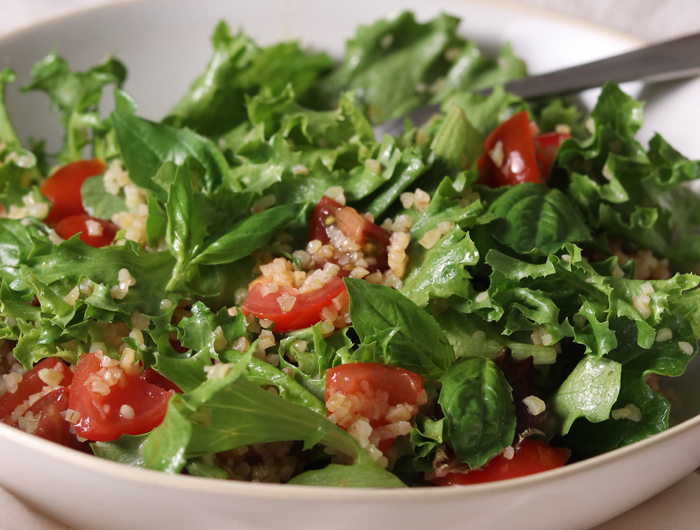
A serving of cooked grains should be just a half cup. (A typical, 2,000-calorie diet should have only about 3 cups a day.) But most people eat a bigger helping, whether it’s pasta, fried rice, pad Thai, or risotto. A serving of spaghetti at most restaurants, for example, is often around 2 cups. Solution: stretch your grains with the good stuff. That means loading them with vegetables (or sometimes, fruit). Think veggie fried rice, mushroom pilaf, fruity tabouli, sesame noodles tossed with carrots.
You get a more nutritious, colorful, flavorful dish...along with a satisfying portion. Win-win.
Keep quick-cooking whole grains on hand
Need to think fast? Bulgur, quinoa, and whole wheat pasta go from package to plate in 15 minutes or less. Ta-da! Dinner is served.
Plan ahead for other whole grains
Wheat berries and whole-grain rice (wild, brown, red, black) need 30 minutes to an hour on the stovetop or in the rice cooker. The upside: you can freeze the extras and quickly reheat them in the microwave.
Start your day with whole grains
It couldn’t be simpler to work whole grains into your morning meal.
For starters, there’s oatmeal. Just follow the recipe on the package...and make sure to toss in your favorite fruits, nuts, and seeds (spices, too!). Got five minutes? Go with rolled (aka old fashioned) oats or creamy oat bran. Got 20? Give steel-cut oats a try.
Then get to the fun part: toppings. Dress your oats up with oldies-but-goodies like cinnamon, raisins, or walnuts. Or try fresh fruit (apples, pears, berries), nut butter (rest a spoonful on top of your hot oats until it gets all melty and drizzly), or nutrient-packed seeds (chia, pumpkin, hemp).
Want your oats cold? Make overnight oats by soaking your own blend of rolled oats, fruit, and nuts or seeds in milk and/or yogurt in the refrigerator (or start with a no-sugar-added muesli like Bob’s Red Mill Old Country Style).
Which cold cereals are 100 percent whole grain…and which aren’t? Don’t shop without our guide to the best cereals.
Looking for whole-grain recipes?
Our Healthy Cook has recipes for everything from a Bulgur & Herb Stuffed Tomato to whole-grain Peanut Noodles to an irresistible Quinoa Bowl with Ginger Dressing. Hungry yet?
Looking for whole-grain products?
Shop smart with our guides to buying the healthiest breads, wraps, cereals, frozen entrées, granola bars, and other snacks.
Continue reading this article with a NutritionAction subscription
Already a subscriber? Log in
The Healthy Cook's recipes for whole grains (and more)
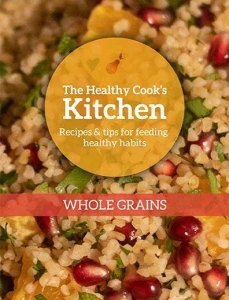
Book
Whole Grains
Starting at $5
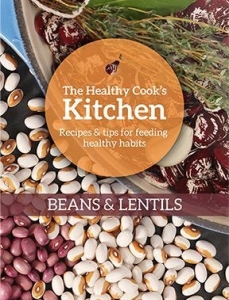
Book
Beans & Lentils
Starting at $5
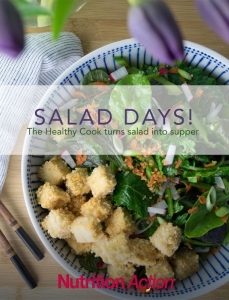
Book
Salad Days!
Starting at $15
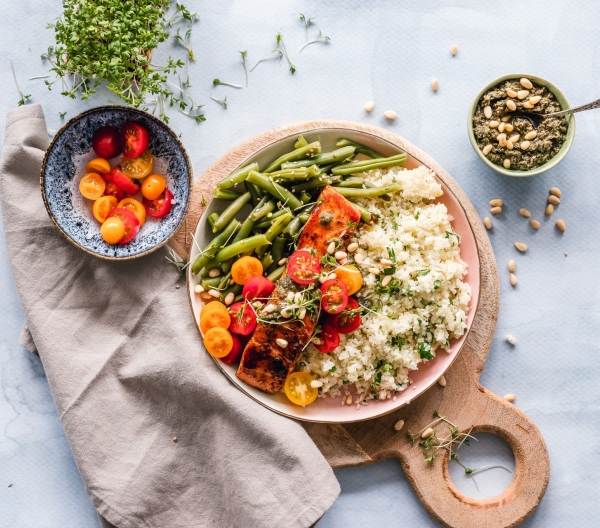
The latest
Our top (free) healthy tips
Our free Healthy Tips newsletter offers a peek at what Nutrition Action subscribers get—scrupulously researched advice about food of all kinds, staying healthy with diet and exercise, and more.

